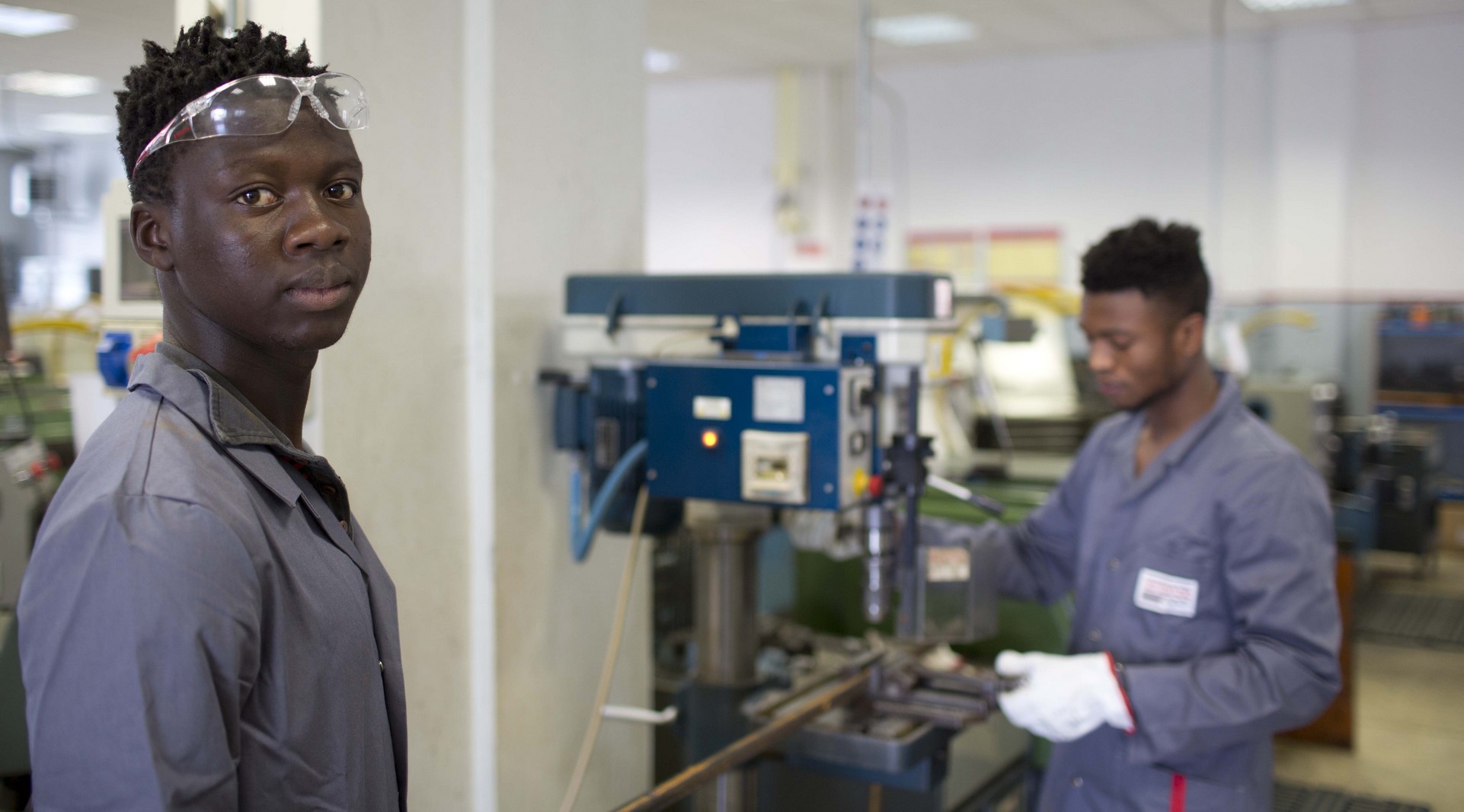The research by Cesvi and ISPI has developed a forecast model for predicting the future trend of migrant arrivals on the Italian coasts.
The model estimates 140,000 “avoided” arrivals in a 12-month period from July 2017 onwards.
The drop led to savings in public expenditure (i.e. avoided costs) of almost €2 billions per year. If these financial resources are mainly invested in policies for migrants’ education and employment, they will allow to capitalize over the next years those costs already borne by the society.
Investment in integration policies would reduce costs (i.e. those for unemployment allowance and those saved as a result of lower crime levels) and produce more benefits (i.e. higher average salaries, higher per capita consumption, higher tax revenue for the State).
According to the main social indicators, the current situation is potentially alarming. More than half of the population of non-EU foreigners residing in Italy (54%) is at risk of poverty or social exclusion (Eurostat 2016). Furthermore, non-EU foreigners net income is 39% lower than that of Italians (2016). The mere presence of at least one non-Italian family member is linked to a decrease from €30,901 to €21,410 in the annual net average income of the family itself (2015 data, Istat).
Families with foreigners are also poorer or more deprived than the most disadvantaged families composed by only Italians, having therefore more difficulties in affording housing and health care costs.
In 2016 almost 80% of foreigners indicated job insecurity as the main obstacle in finding accommodation, and in 2015 almost 14% of non-EU migrants could not access medical services because of their costs. Such problematic situations may continue over time, resulting in a long-term burden on welfare system: it takes about 15 years before employment rate of refugees exceeds 60% (EU average).
The report refers to the recent work by the EU Joint Research Center which simulated the impact on public finances of a change in spending on the integration of foreigners throughout the European Union. The researchers built an EU-wide economic model and then considered three different scenarios for integration spending and its effects: status quo (expenditure at today’s levels), advanced integration (expenditure almost twice as high as today) and full integration (expenditure five times as high as today).
The results of the simulation show that, in the event of higher investment in integration, the EU GDP would be between 0.6% and 1.5% higher than in the status quo scenario.
